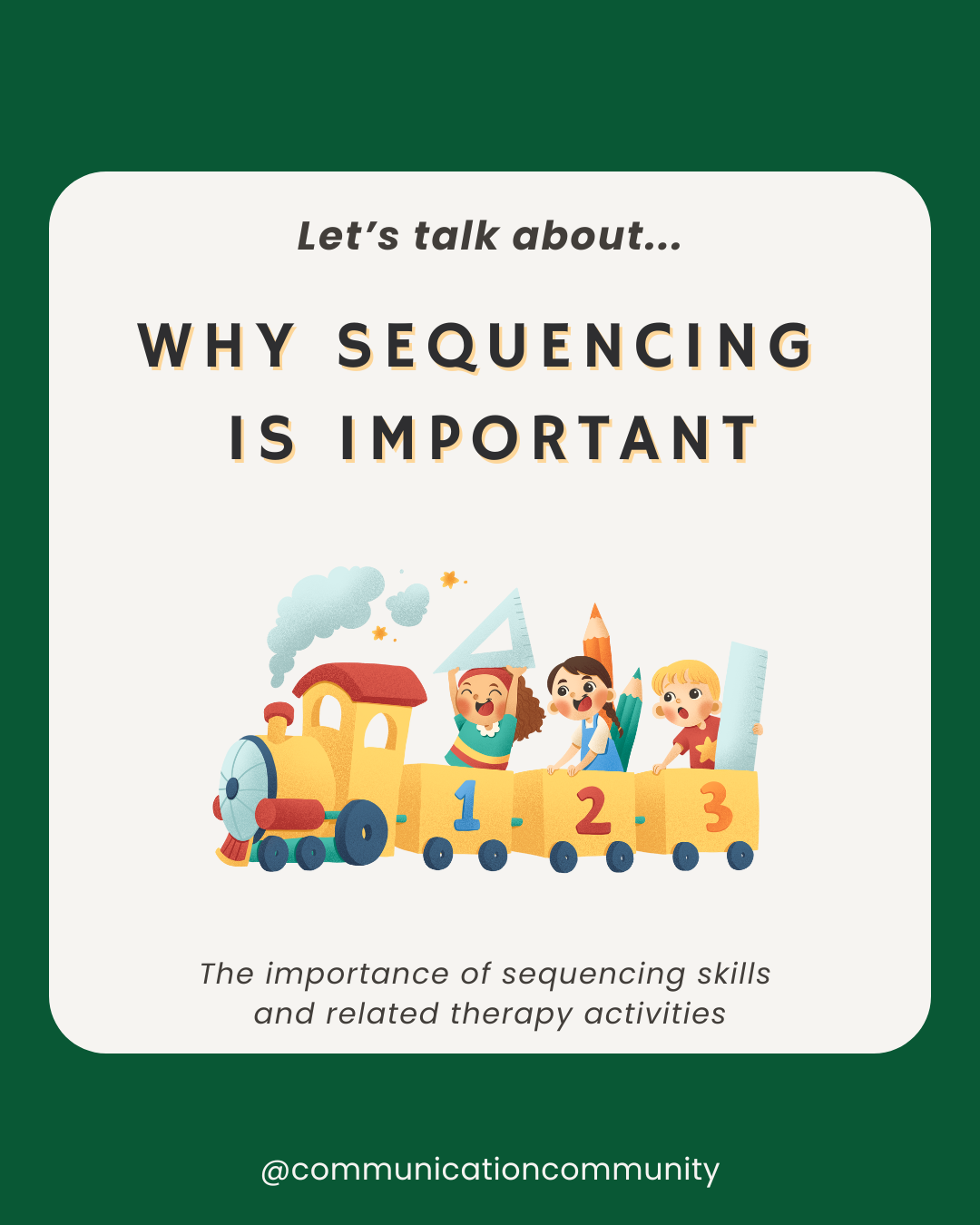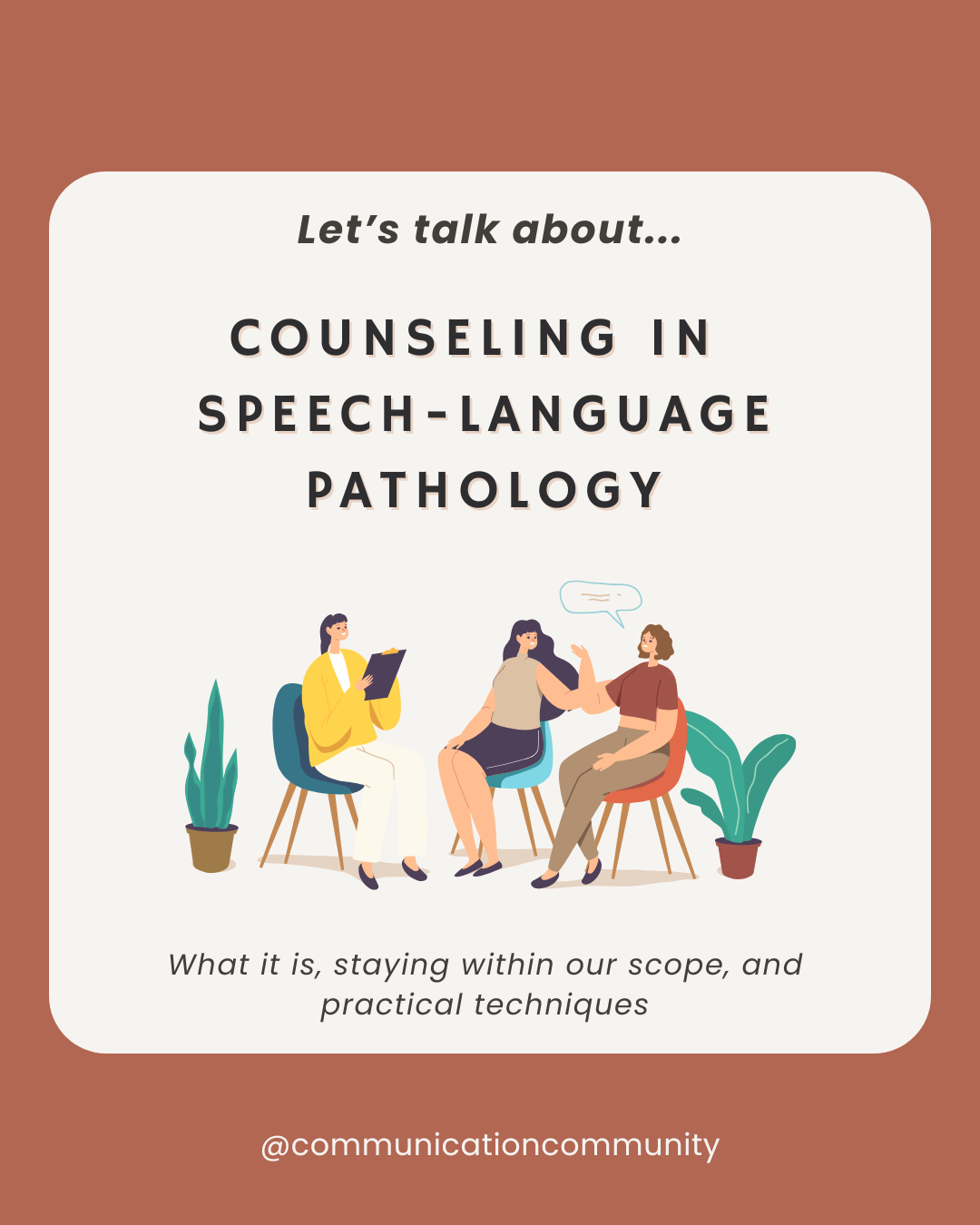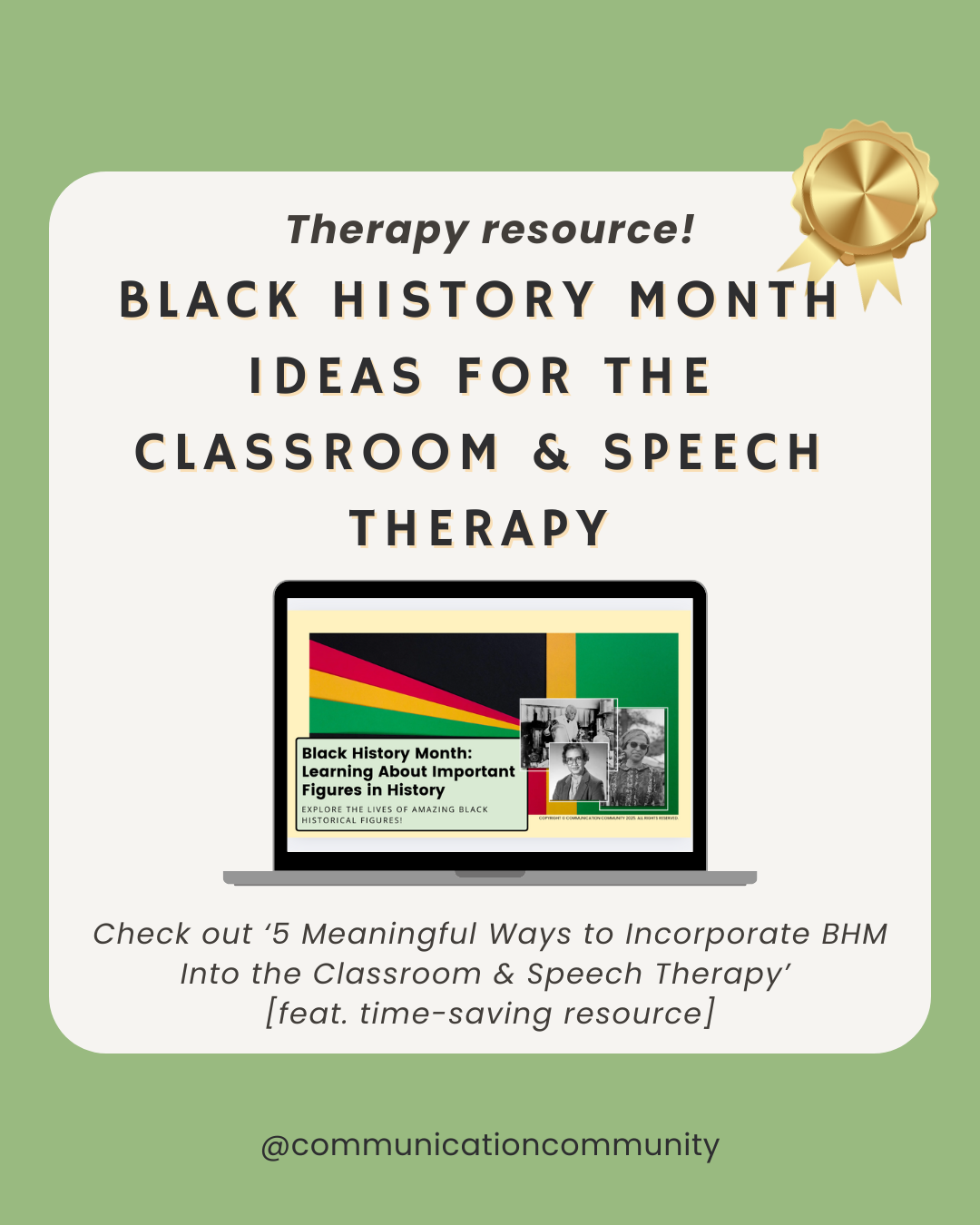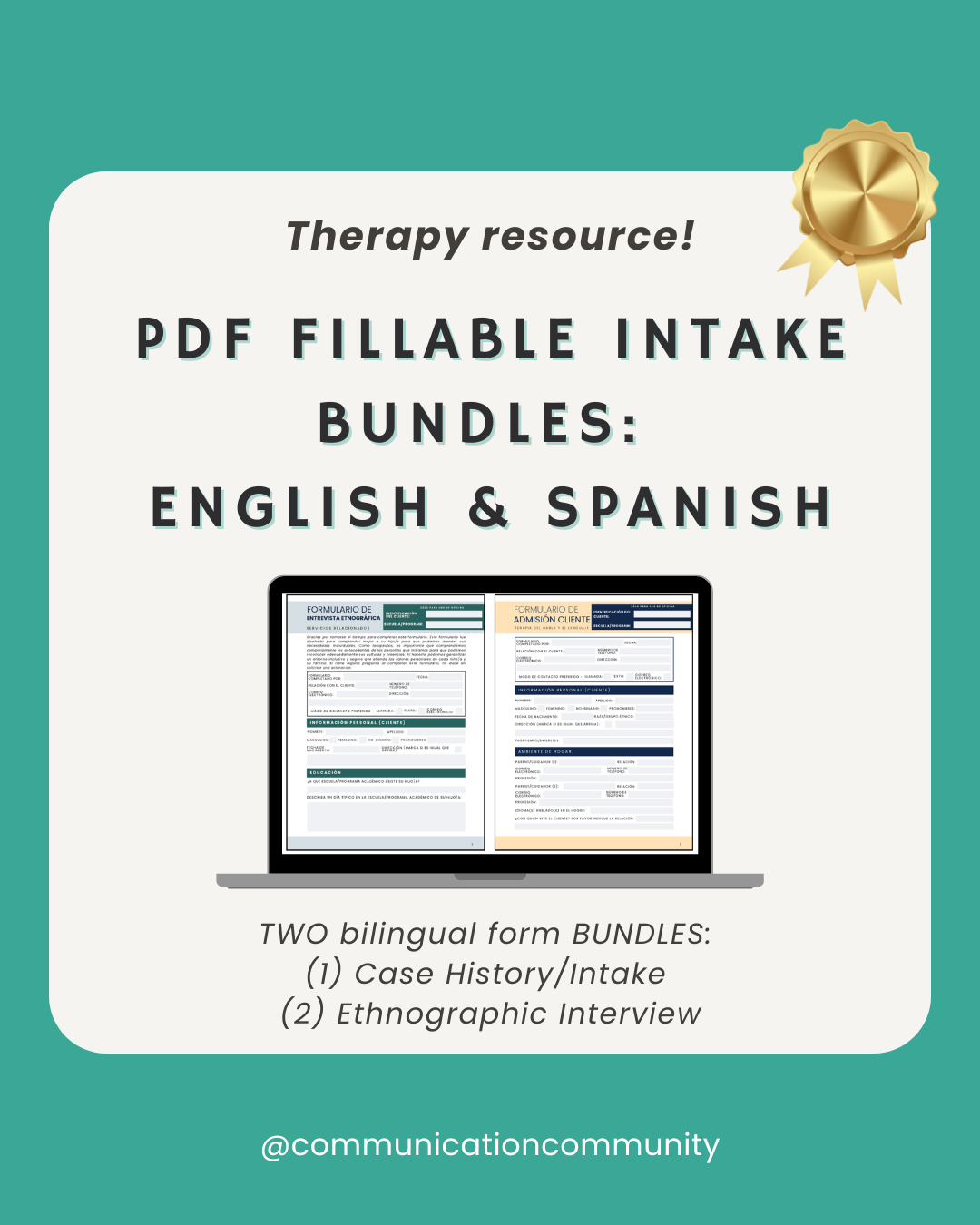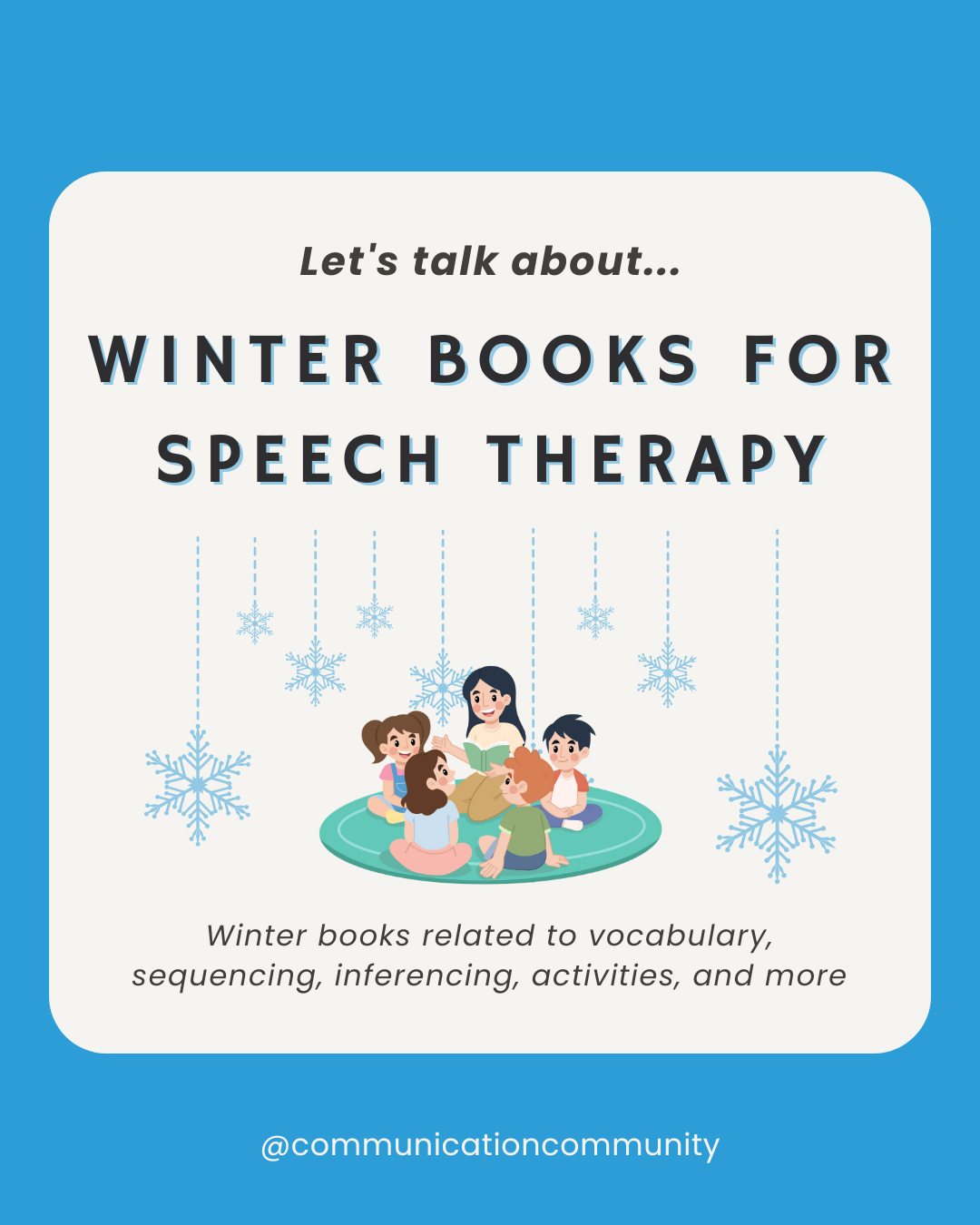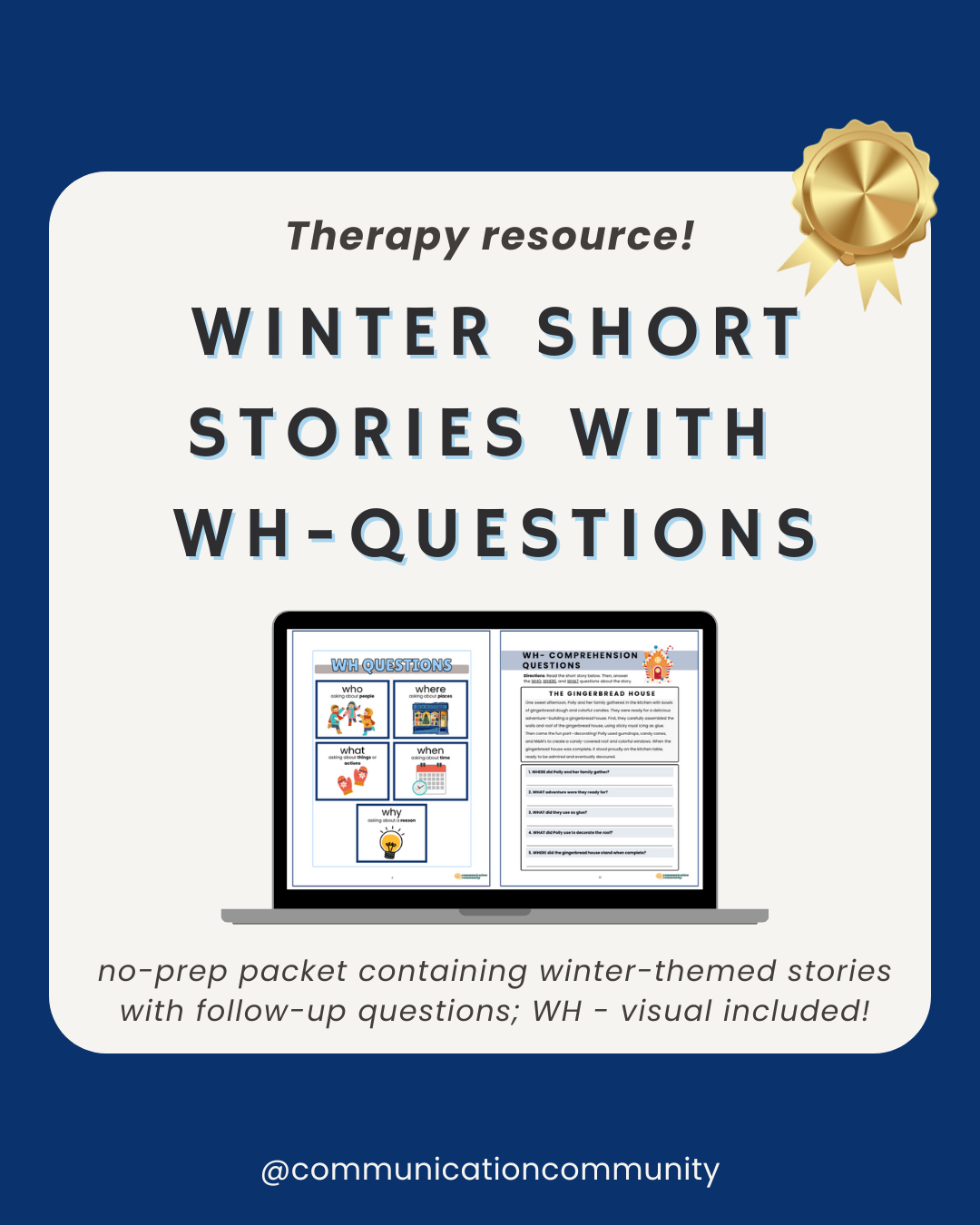What Do We Mean By "Sequencing"?
Sequencing is defined as placing events in a specific order or chronological fashion.
We may not even realize it, but sequencing is present in so many parts of our day-to-day life. It is part of the functional routines we make for ourselves, like getting ready for school or washing our hands in the bathroom. For example:
Washing hands:
- Wet hands
- Put soap on hands
- Lather hands with soap and water
- Dry hands
Voila! Seems pretty basic, but for young learners or individuals with developmental delays or disorders, these types of routines may need to be explicitly taught. A great way to teach these routines include sequencing cards, aka - visual representations of each step in the task. Eventually, these visuals can be faded away once the individual learns the desired skill within a natural context. Using visuals to learn how to wash hands are just one of the many ways sequence cards can be used to target speech and language skills and build on other developmental skill areas.
The ability to sequence events and comprehend information in a chronological fashion is crucial for the development of solid literacy skills.
Why is sequencing important for speech and language?
The ability to sequence events and comprehend information in a chronological fashion is crucial for the development of solid literacy skills. This includes determining the beginning, middle, and end of a story; making predictions as to what could happen next within a story; and retelling and summarizing story information.
As mentioned above, the earliest levels of sequencing we are exposed to include functional routines (e.g., getting ready for school, washing hands). For most individuals, these steps become rote and we don’t need to reference a visual to remember the order we are required to follow. Well, come to think of it, maybe COVID actually has brought back more hand washing visuals than we would typically require… Nonetheless, it is important that children recognize and learn these sequences for understanding higher-level language functions. This includes (but is not limited to):
- Following multi-step directions
- Understanding cause and effect
- Learning and creating schedules
- Organizing information
- Developing time management skills
- Using/understanding transition words and markers (e.g., first, next, last)
- Reading and writing
- Developing narrative skills
Academically, sequencing skills can be practiced throughout at almost every level of the school-aged (K - 12) curriculum. Whether it is understanding the steps of how a caterpillar becomes a butterfly, ordering the events of a story that was just read, or navigating through historical elements. For advanced academic learners (think: high school student in AP History), understanding all of the previously mentioned higher level language functions is essential for comprehending and synthesizing information covered in the curriculum.
How do we use sequencing cards in therapy (or in the home setting)?
Sequencing cards can be used to target a variety of skill areas in speech and language therapy, as well as at home or in the classroom. Sequencing cards also don’t necessarily have to include visuals! Sequencing cards can also just include text for some higher level learners. Graphic organizers or timelines are also commonly used to target sequencing by placing events or important information in chronological order.
It is important that the sequencing routines targeted are functional and pertinent to their day-to-day life or consistent with individuals’ academic curriculum for whatever skill level you are working with. It may be appropriate for some individuals to begin with a basic routine that is not yet familiar e.g., sequencing cards with 3 visuals instructing how to brush teeth, and build up to more advanced routines with time e.g., sequencing cards each with written directions instructing how to compose an email.

